A: Marrakech is a city that has a rich and diverse culinary culture, influenced by various cuisines, such as Berber, Arab, Andalusian, Jewish, and French. Some of the best dishes to try in Marrakech are:
- Tagine: A slow-cooked stew of meat, vegetables, spices, and dried fruits, cooked in a conical clay pot that gives it its name. There are many variations of tagine, such as chicken with lemon and olives, lamb with prunes and almonds, or beef with quince and honey.
- Couscous: A staple dish of Moroccan cuisine, made of steamed semolina grains that are topped with meat, vegetables, and sauce. Couscous is usually served on Fridays or special occasions, and eaten with bread or by hand.
- Pastilla: A savory-sweet pie that consists of layers of thin pastry filled with spiced meat (usually pigeon or chicken), almonds, eggs, and sugar. Pastilla is sprinkled with cinnamon and powdered sugar and served as an appetizer or a main course.
- Harira: A hearty soup that is traditionally eaten to break the fast during Ramadan. Harira is made of lamb, chickpeas, lentils, tomatoes, herbs, and spices. It is often accompanied by dates, chebakia (honey-coated pastries), and bread.
- Tanjia: A specialty of Marrakech that is named after the clay pot in which it is cooked. Tanjia is a dish of meat (usually beef or lamb) that is marinated with garlic, cumin, paprika, preserved lemon, and olive oil. It is then sealed with paper and cooked for several hours in the ashes of a hammam (steam bath) or a communal oven.
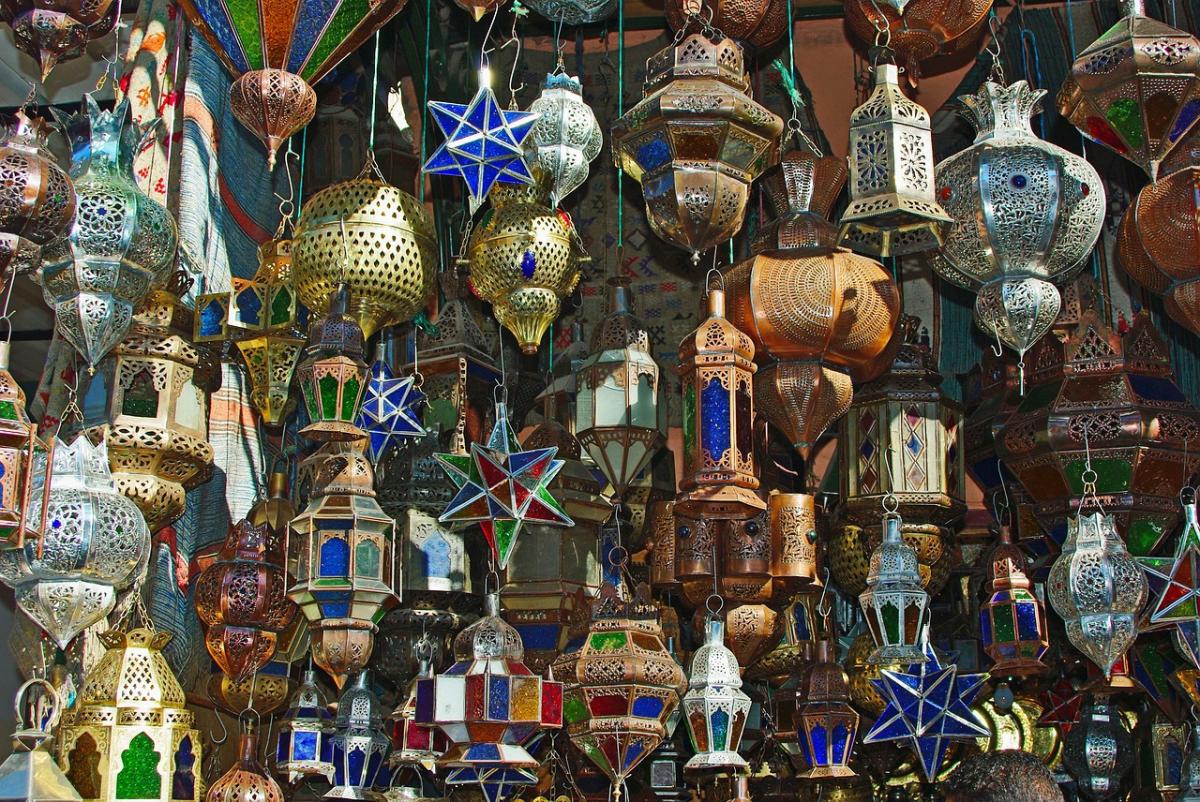
Marrakech Mystique: The Red Citys Secrets
Marrakech, also known as the Red City, is one of the most captivating destinations in Morocco. With its historical sites, bustling souks, and vibrant culture, Marrakech offers a unique experience for travelers who want to discover the secrets of this ancient city. In this article, we will explore some of the highlights of Marrakech and give you some tips on how to make the most of your visit.
Marrakech is a city that captivates the senses with its historical sites, bustling souks, and vibrant culture. Located at the foot of the Atlas Mountains, Marrakech is the former imperial capital of Morocco and one of the most popular tourist destinations in Africa. The city is known as the “red city” because of its ochre-colored buildings and walls, which contrast with the green palm groves and gardens that surround it. Marrakech has a rich and diverse history, influenced by various civilizations and cultures, such as the Berbers, Arabs, Andalusians, Saadians, Alawites, and French. In this article, we will explore some of the secrets and attractions of Marrakech, the red city.
The History of Marrakech
Marrakech was founded in the 11th century by the Almoravids, a Berber dynasty that ruled over a vast empire in North Africa and Spain. They chose Marrakech as their capital because of its strategic location at the crossroads of trade routes and its fertile plains. They built the city’s famous red walls, the Koutoubia Mosque, and the Ben Youssef Madrasa, among other monuments. Marrakech became a center of learning, culture, and commerce, attracting scholars, artists, and merchants from all over the world.
The Almoravids were succeeded by the Almohads in the 12th century, who expanded the city and added new buildings such as the Saadian Tombs and the Bahia Palace. The Almohads also made Marrakech the capital of their caliphate, which stretched from Tunisia to Portugal. Under their rule, Marrakech reached its peak of glory and influence.
In the 16th century, Marrakech became the capital of the Saadian dynasty, who enriched the city with more architectural wonders such as the El Badi Palace and the Menara Gardens. The Saadians also defended Morocco from foreign invasions by the Portuguese and the Ottomans. They were followed by the Alaouites in the 17th century, who moved the capital to Fes and Meknes, but still used Marrakech as a military base and a royal residence.
In the 19th century, Marrakech experienced a period of decline and instability due to internal conflicts and external threats. The city was sacked by warlords and rebels several times, and suffered from famine and plague. It was not until the 20th century that Marrakech regained some of its former splendor under the French protectorate (1912-1956), which restored some of its monuments and built new ones such as the Majorelle Garden and the Mamounia Hotel.
After Morocco gained its independence in 1956, Marrakech became one of the country’s main tourist attractions, drawing visitors from all over the world with its charm and mystery. Today, Marrakech is a vibrant and cosmopolitan city that combines tradition and modernity, offering a variety of activities and experiences for all tastes and budgets.
The Souks of Marrakech
One of the most fascinating aspects of Marrakech is its souks, or markets, where you can find everything from spices and carpets to leather goods and jewelry. The souks are located in the medina, or old city, which is a UNESCO World Heritage Site. The medina is a maze of narrow streets and alleys that are filled with shops, stalls, workshops, mosques, fountains, and riads (traditional houses with courtyards).
The souks are divided into different sections according to the type of goods they sell or the craft they practice. For example, there is the Souk Semmarine for textiles and clothing, the Souk el Attarine for spices and perfumes, the Souk Chouari for woodwork and baskets, and the Souk Haddadine for metalwork and lanterns. Each souk has its own atmosphere and character, and you can spend hours browsing through them and bargaining with the vendors.
The souks are also a great place to observe the daily life and culture of Marrakech. You can see artisans at work, making their products by hand using traditional techniques. You can also witness religious rituals such as the call to prayer or the Friday sermon at one of the many mosques in the medina. You can also taste some of the local delicacies such as mint tea, pastries, tagines (stews), couscous (semolina dish), or harira (soup).
The souks are open every day from morning until evening, except on Fridays when they close for prayers. The best time to visit them is in the morning when they are less crowded and more lively. You should also be prepared to haggle with the sellers to get a good price for your purchases. Haggling is part of the culture and fun of shopping in Marrakech, but you should always be respectful and polite.
Some of the most famous souks are:
- Souk Semmarine: The main artery of the souks that leads to Jemaa el-Fna square. It sells a variety of goods, such as leather bags, shoes, lamps, carpets, fabrics, and clothing.
- Souk El Attarine: The spice market that offers a range of spices, herbs, oils, perfumes
- Souk Chouari: The carpenters’ market that specializes in woodwork
- Souk Haddadine: The blacksmiths’ market that produces metalwork
- Souk Zrabi: The carpet market that displays a wide selection of rugs
- Souk Siyyaghin: The jewelers’ market that sells gold
- Souk Smata: The slipper market that sells babouches (traditional leather slippers)
- Souk El Kebir: The leather market that sells hides
- Souk Cherratine: The tanners’ market that processes leather
The Culture of Marrakech
Marrakech is a melting pot of cultures that reflects its rich history and diversity. The city is home to people from different ethnic backgrounds such as Arabs, Berbers, Jews, Africans, Europeans, and others. The city is also influenced by various religions such as Islam, Judaism, Christianity, and others. The city is also a hub of artistic and creative expression, hosting various festivals, events, and exhibitions throughout the year.
One of the most important aspects of the culture of Marrakech is its music, which is a unique blend of different styles and genres. The music of Marrakech has been influenced by the Andalusian, Gnawa, Berber, Saharan, and Sub-Saharan traditions, as well as by modern influences such as jazz, rock, and hip hop. You can hear the music of Marrakech in the streets, cafes, clubs, and concerts, or at special occasions such as weddings and ceremonies.
Some of the most famous musicians from Marrakech include Nass El Ghiwane, a group that pioneered the fusion of traditional and modern music in the 1970s; Gnawa Diffusion, a band that mixes Gnawa music with reggae, rap, and rock; and Oum, a singer-songwriter who blends soul, jazz, and Moroccan rhythms.
Another important aspect of the culture of Marrakech is its cuisine, which is a reflection of its geographical location and its history. The cuisine of Marrakech is influenced by the Mediterranean, Arab, Berber, African, and French cuisines, resulting in a variety of dishes that are rich in flavors and spices. Some of the most typical dishes of Marrakech include:
- Tajine: a slow-cooked stew made with meat (usually lamb or chicken), vegetables (such as potatoes, carrots, olives, or prunes), and spices (such as cumin, turmeric, ginger, or saffron). The dish is cooked in a conical clay pot that gives it its name and keeps it moist and tender.
- Couscous: a dish made with steamed semolina grains that are topped with meat (usually lamb or chicken), vegetables (such as zucchini, squash, or turnips), and sauce (usually made with tomatoes, onions, garlic, and spices). The dish is served with a spoon and eaten with bread or by hand.
- Harira: a soup made with lentils, chickpeas, tomatoes, onions, celery, parsley, cilantro, and spices (such as cinnamon, ginger, or pepper). The soup is often eaten during Ramadan to break the fast or as a starter for other meals.
- Pastilla: a pastry made with thin layers of dough that are filled with meat (usually pigeon or chicken), almonds, cinnamon, and sugar. The pastry is baked until golden and crispy and sprinkled with powdered sugar and cinnamon. The pastry is usually eaten as a main course or as a dessert.
- Mint tea: a drink made with green tea leaves that are boiled with fresh mint leaves and sugar. The tea is poured from a height into small glasses to create foam and served with pastries or nuts. The tea is a symbol of hospitality and friendship in Morocco and is offered to guests as a sign of respect.
Jemaa el-Fna: The Soul of Marrakech
Jemaa el-Fna is the main square of Marrakech and the most lively and famous place in the city. It is also a UNESCO Intangible Cultural Heritage site and a symbol of Moroccan culture and identity. Jemaa el-Fna is a meeting place for locals and tourists, where you can witness a variety of performances and activities, such as storytellers, musicians, dancers, acrobats, snake charmers, monkey trainers, magicians, henna artists, and fortune tellers. The square is also a gastronomic paradise, where you can taste the local cuisine from the numerous food stalls that offer dishes such as tagine, couscous, harira (soup), brochettes (skewers), snails, and fresh juices. Jemaa el-Fna is a place that changes its atmosphere and mood throughout the day and night, from a busy market to a festive carnival.
The Gardens: The Oasis of Marrakech
Marrakech is not only a city of red, but also a city of green. The city boasts many beautiful gardens that offer a refreshing escape from the heat and the crowds. The gardens are also a testament to the importance of water and nature in Moroccan culture and history. Some of the most enchanting gardens are:
- The Majorelle Garden: A botanical garden that was created by the French painter Jacques Majorelle in the 1920s and later owned by the fashion designer Yves Saint Laurent. The garden features a collection of exotic plants from around the world, as well as a striking blue villa that houses a museum of Berber art and culture.
- The Menara Garden: A historical garden that dates back to the 12th century and was built by the Almohads. The garden consists of an artificial lake, an orchard, an olive grove, and a pavilion that overlooks the Atlas Mountains. The garden is a popular spot for picnics and romantic walks.
- The Agdal Garden: A royal garden that was established by the Almohads in the 12th century and expanded by the Saadians and the Alawites. The garden covers an area of 400 hectares and contains several pools, orchards, palaces, and pavilions. The garden is open to the public on Fridays and Sundays.
- The Palmeraie: A palm grove that covers an area of 13,000 hectares and contains over 100,000 palm trees. The palmeraie was planted by the Almoravids in the 11th century and served as a source of water, food, and wood for the city. Today, the palmeraie is home to many luxury hotels, resorts, golf courses, and villas.
Tips for Visiting Marrakech
Marrakech is a fascinating city that offers many attractions and experiences for travelers. However, it can also be overwhelming and challenging for some visitors who are not familiar with its culture and customs. Here are some tips to help you enjoy your stay in Marrakech:
- Dress modestly: Marrakech is a conservative city where most people dress according to Islamic norms. You should avoid wearing revealing or tight clothes that expose your shoulders, chest, legs, or back. You should also cover your head when entering mosques or religious sites.
- Respect the locals: Marrakech is a friendly city where most people are hospitable and helpful. You should always greet people with a smile and say “salam alaikum” (peace be upon you) or “bonjour” (hello). You should also ask for permission before taking photos of people or their belongings. You should also avoid public displays of affection or drinking alcohol in public.
- Bargain wisely: Bargaining is part of the shopping culture in Marrakech and you should always try to negotiate the price of goods or services. However, you should also be fair and realistic in your offers and not insult the sellers. You should also be prepared to walk away if you are not satisfied with the deal.
- Stay safe: Marrakech is generally a safe city but you should still be careful of pickpockets, scams, or harassment. You should keep your valuables in a secure place and avoid walking alone at night or in unfamiliar areas. You should also be wary of people who offer to guide you or take you to places for money. You should always use official guides or taxis that have meters or fixed prices.
Conclusion
Marrakech is a city that offers a unique blend of history, culture, and nature. It is a city that surprises and delights its visitors with its secrets and attractions. Whether you are looking for adventure, relaxation, or inspiration, Marrakech has something for everyone. Marrakech is a city that you will never forget.
FAQs
Q: What is the best time to visit Marrakech?
A: Marrakech has a warm and sunny climate all year round, but the best time to visit is in spring (March-May) or autumn (September-November), when the temperatures are mild and pleasant.
Q: How to get around Marrakech?
A: Marrakech has various modes of transportation, such as taxis, buses, bikes, or car rentals. However, the best way to explore the medina is on foot or by bicycle.
Q: What are some of the best things to do in Marrakech?
A: Some of the best things to do in Marrakech are:
- Visit the historical monuments and museums in the medina
- Shop for souvenirs and handicrafts in the souks
- Experience the nightlife and entertainment in Jemaa el-Fna
- Relax in a traditional hammam (steam bath) or spa
- Enjoy a cooking class or a food tour
- Take a day trip to the Atlas Mountains or the Sahara Desert
Q: What are some of the best places to stay in Marrakech?
A: Marrakech has a wide range of accommodation options, from budget hostels to luxury hotels. Some of the best places to stay are:
- Riads: Traditional Moroccan houses with courtyards and gardens that have been converted into guesthouses or hotels. They offer an authentic and charming stay in the medina.
- Hotels: Modern hotels that offer comfort and convenience in various locations in or near the city center. They often have pools, restaurants, bars, and other facilities.
- Villas: Private villas that offer spaciousness and privacy in the palmeraie or other areas outside the city center. They often have gardens, pools, kitchens, and other amenities.
Q: What are some of the best dishes to try in Marrake
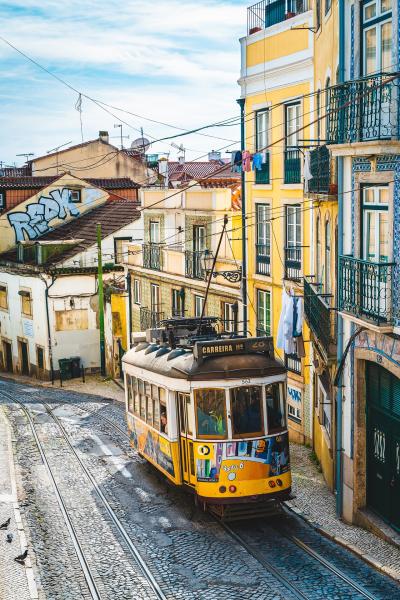
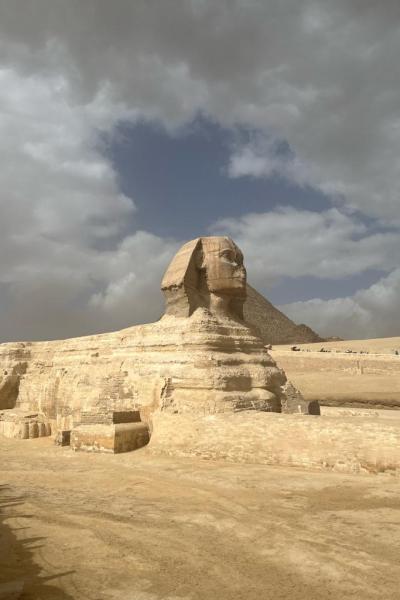
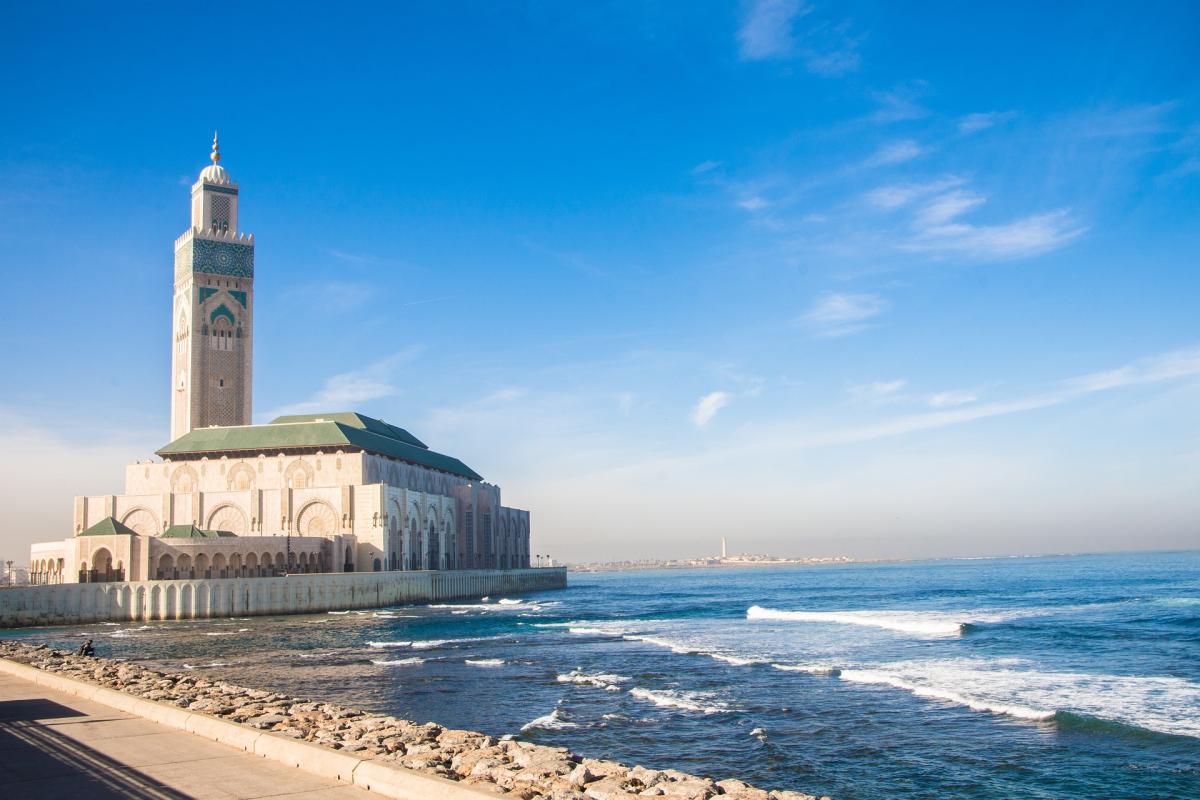
Morocco is a country of dazzling diversity, a place where the senses are awakened by the scent of spices in a bustling souk, the sight of the sun setting over the vast Sahara, the taste of sweet mint tea, and the ancient call to prayer echoing through a labyrinthine medina. It is a destination that offers...
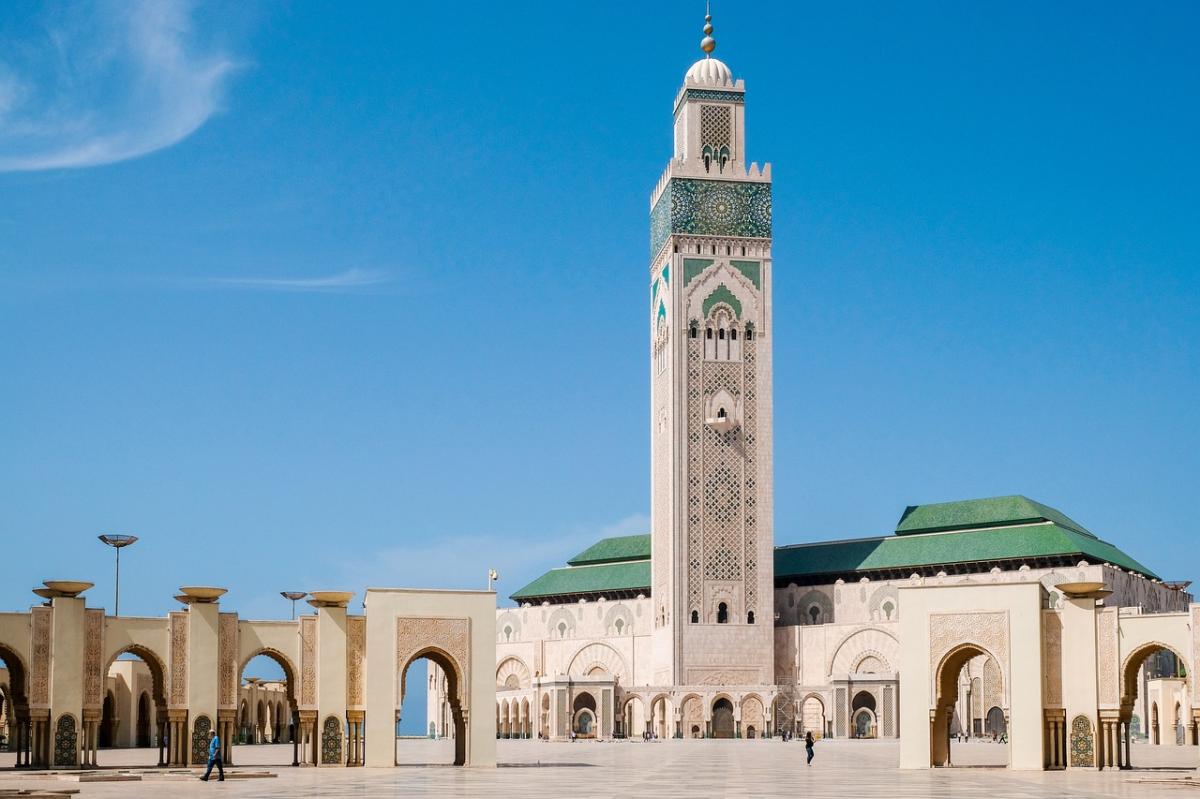
Morocco is a country that captivates the imagination of many travelers. It is a land of contrasts, where ancient and modern coexist, where mountains and deserts meet, where Arab and Berber cultures blend, and where Africa and Europe touch. Morocco is a place where you can experience the richness of history,...
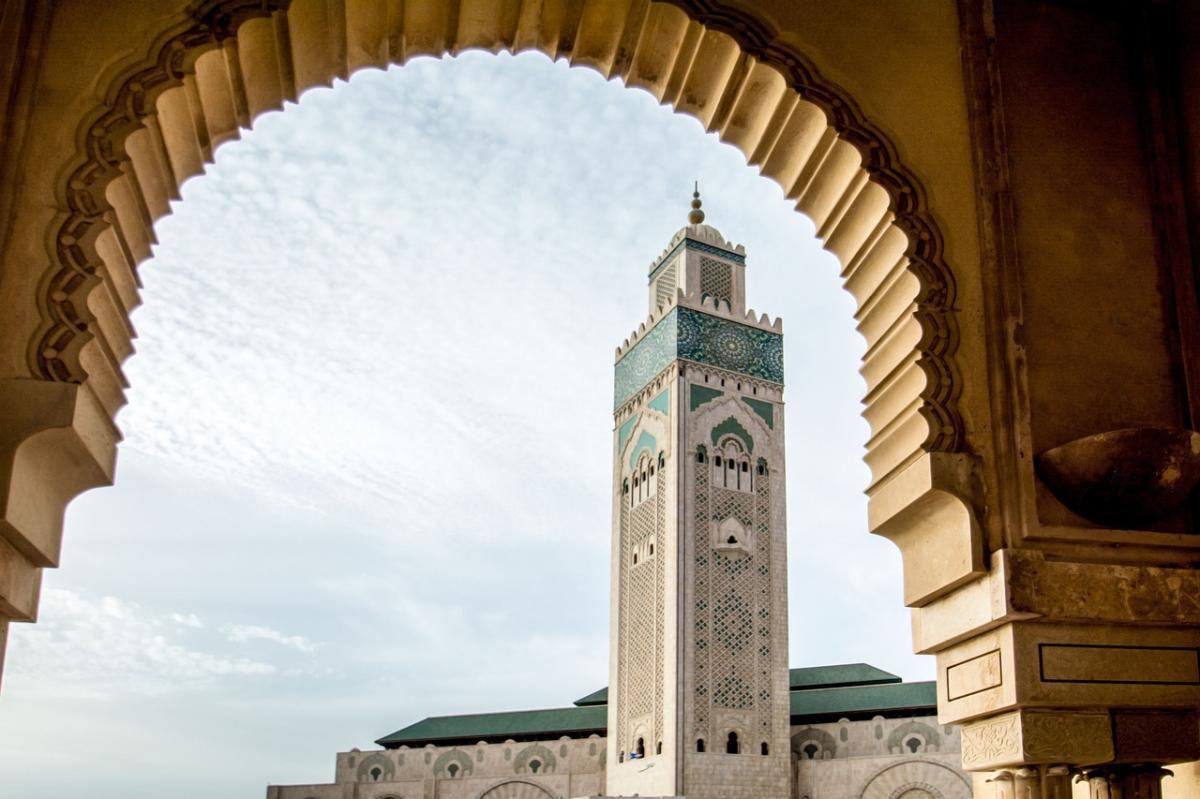
Casablanca is one of the most exciting cities in Morocco. It is a vibrant, lively city with plenty to offer visitors and locals alike. Situated on Moroccos Atlantic coast, Casablanca offers a unique blend of old-world charm and modern convenience that makes it an exciting place to explore. As the largest...